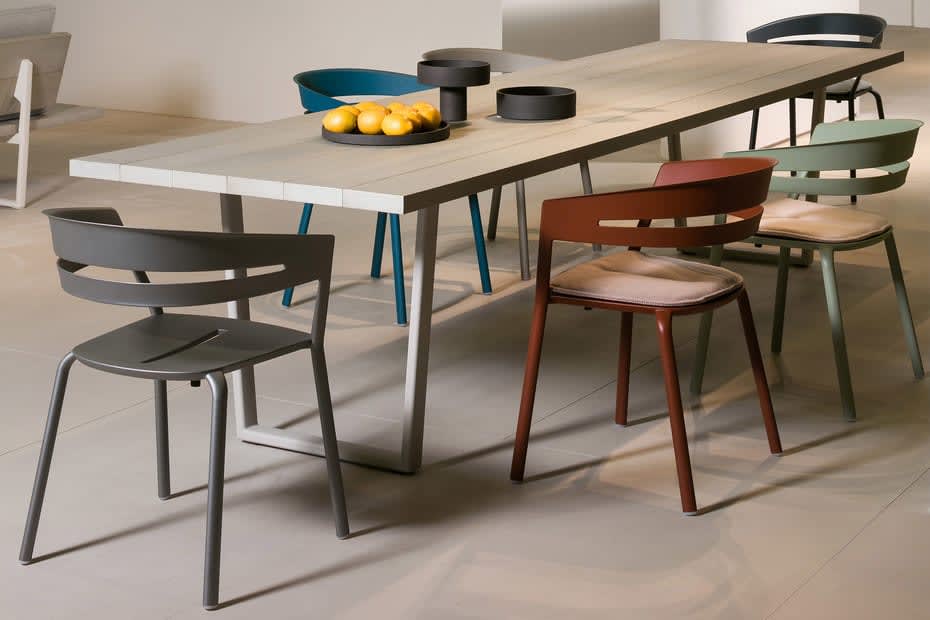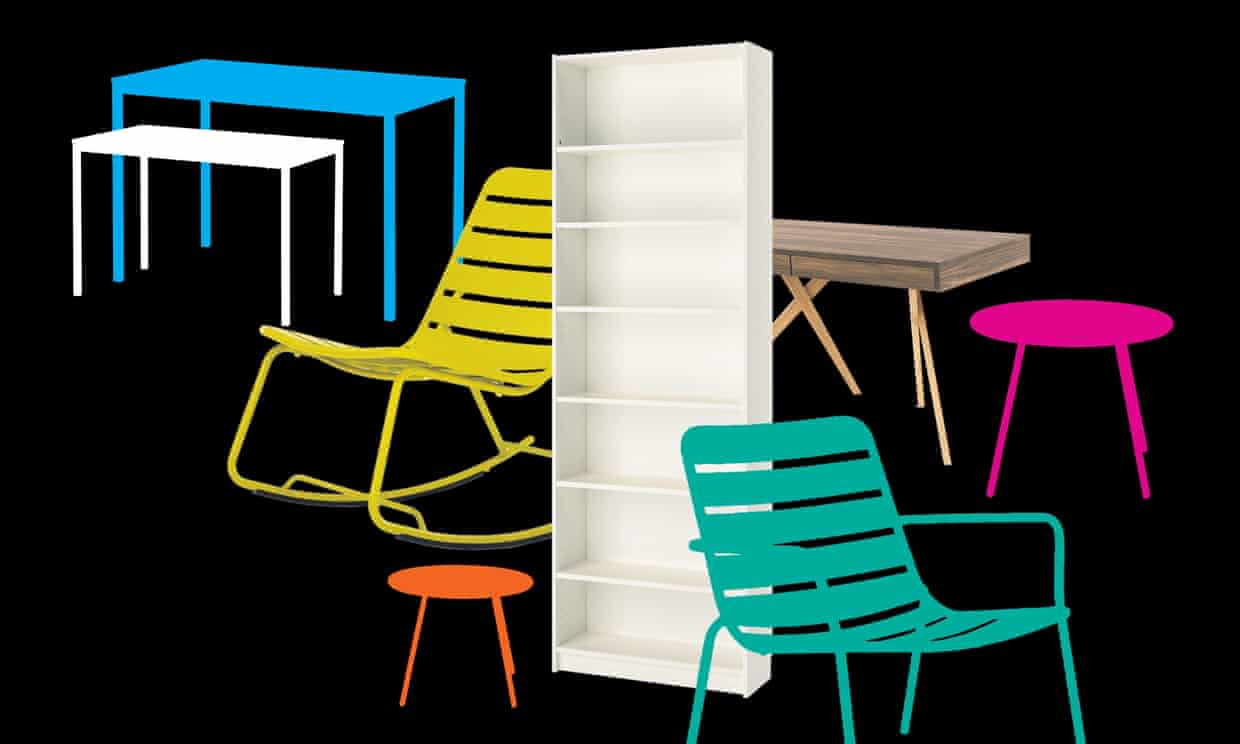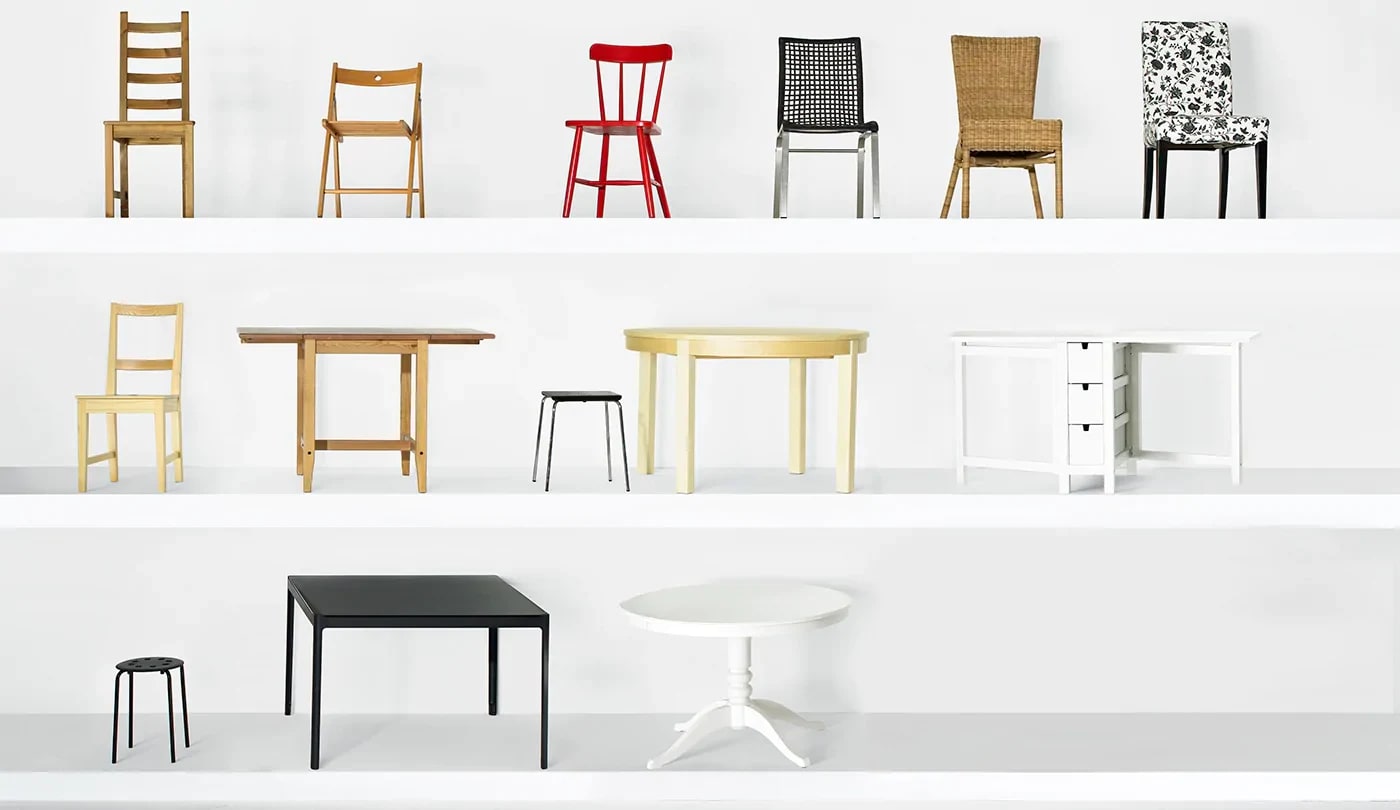Each year, Americans throw out more than 12 million tons of furniture and furnishings, according to the Environmental Protection Agency. Only a small percentage is recycled, thanks to the diversity of materials in most items—upholstered furniture and mattresses are particularly hard to clean and reprocess. As a result, more than 9 million tons of wood, metal, glass, fabric, leather, and foam waste ends up in a landfill.
It wasn’t always this way. In 1960, Americans threw away only about 2 million tons of furniture and furnishings. The growth in furniture waste has far exceeded the country’s population growth in the past six decades. Via

Photo, Via Fast
For years, fast fashion has been in the lexicon of sustainability experts as something eco-conscious consumers should avoid. However, another big but arguably lesser-known environmental problem is large pieces of furniture that will eventually get tossed to the curb.
The EPA estimates that 9 million tons of furniture are tossed every single year. That’s roughly 5% of everything brought to landfills (a sizable chunk, especially when you consider the amount of food waste and packaging materials thrown away). Not only is it wasteful, but it’s also not a good investment.
Most of the furniture currently cluttering dumps was made within the last 10 to 15 years, according to Ashlee Piper, a sustainability expert and author of Give a Sh*t: Do Good. Live Better. Save the Planet.
“It’s usually new furniture that’s being tossed,” Ashlee says. “It’s things like a chair that’s missing a leg or things with cosmetic damage to them. That’s because it’s just not built to last and there aren’t repair programs for it. It was intended to have a short lifespan.”
Part of the problem is that fast furniture can be more challenging to repair because of its materials. It’s fairly easy to sand and refinish a solid hardwood wardrobe, but something like a particleboard TV stand with a laminate finish is harder—if not impossible—to repair when the surface is damaged. Usually, if a cushion becomes too lumpy or a cheaply made coffee table gets too dinged up, it’s easier and cheaper to buy new than to fix the one you already have. These pieces aren’t meant to last a lifetime.
“I always recommend that people instead look for pieces that can grow with them and their lifestyle,” Ashlee says. “So really investing in materials that are going to last, like hardwoods or steel.”
Ashlee suggests looking for red flags such as the price and where a product is made. Chances are, if the entire bed only costs $100, it’s fast furniture and won’t last more than a couple of years. Similarly, shopping locally can increase your odds of something being made with a more transparent and thoughtful production process, rather than something shipped from overseas where the emphasis is put on producing goods as cheaply as possible.

That said, you don’t necessarily have to spend big bucks for good furniture. Ashlee says there are often good finds at secondhand stores—furniture that was made a long time ago was intended to be passed down to later generations. Some minor repairs, refurbishing, or upcycling can go a long way toward making a piece feel fresh. You might also look for items with versatility, as opposed to more niche furniture. That could include a table that can be used for dining or as a desk, or perhaps a dresser that could also serve as a buffet or diaper changing station.
However, even if you do purchase a piece that should have longevity, it’s important to do regular maintenance so that it can really go the distance. Caring for your items, including tightening up the bolts and cleaning textile pieces, are just two ways to increase the lifespan of your furniture.
Another option for those who enjoy changing up their homes or who relocate frequently (and don’t want to go through the hassle of moving a U-Haul’s worth of stuff) is to rent your furniture. And when you do need to buy new furniture, Ashlee says it’s good practice to look for ways to ethically offload your old pieces. Some companies offer buy-back programs; others, like many bed companies, will collect and break down your furniture. Certain pieces can be donated to secondhand stores, and if all else fails, putting up the item for free on the Facebook marketplace will likely get it out of your home quickly.
“If you need to buy something new, try to focus on companies that have a circular approach to their products,” Ashlee says. “That can include refurbishing and recycling programs. That helps keep extra furniture out of landfills.” via Clever

Large Furniture companies like IKEA have recognized this looming problem and have began to implement programs like the "Sell- Back Program" which aims to give your IKEA furniture a second life. Instead of dumping the furniture into landfills, IKEA allows you to receive in-store credit for your used furniture (some restrictions apply.) The program, part of the company’s larger efforts to combat climate change, is currently available in 27 countries. If your furniture meets the requirements of the sell back program, your item will go on sale in the store's Bargain Section at a chance for a second life in a new home.




